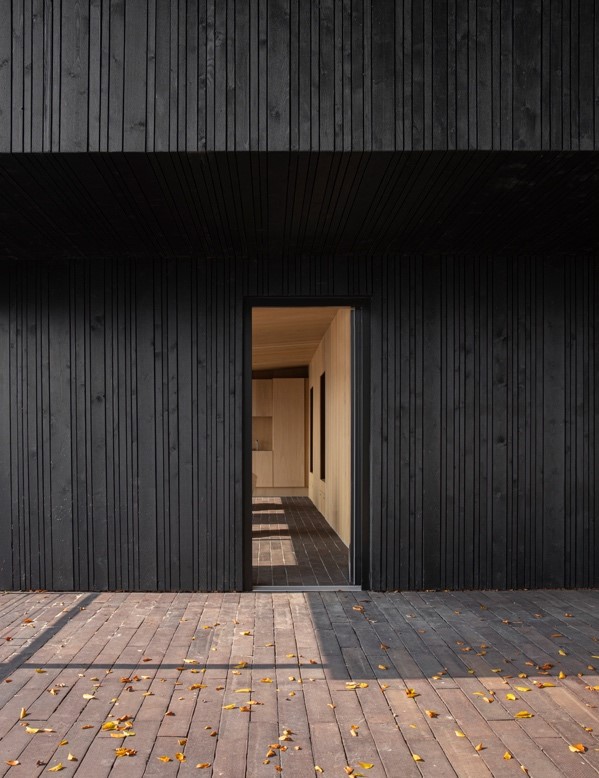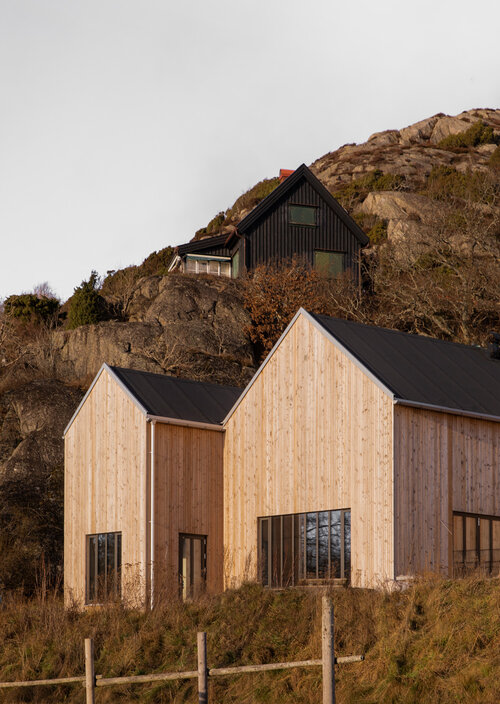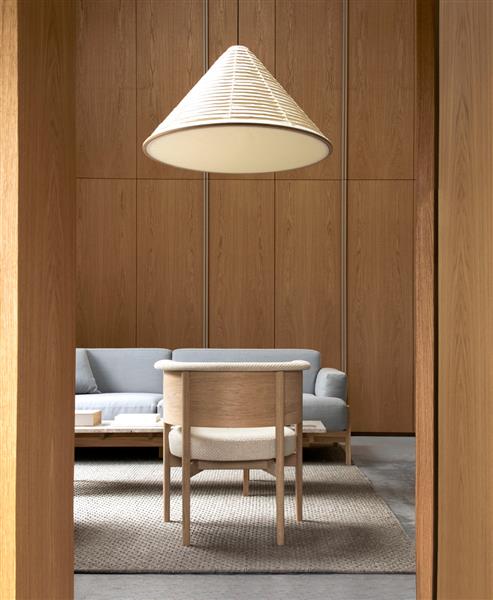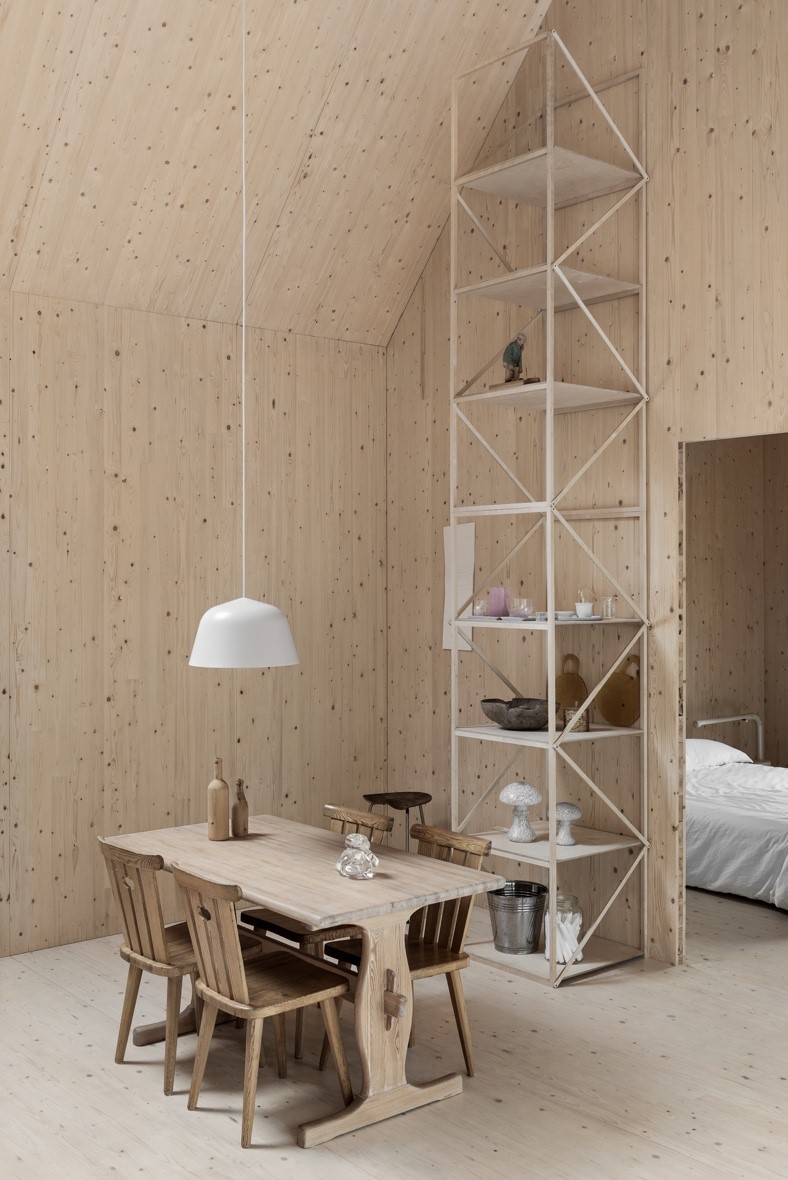With the climate crisis having permeated every single industry and business across the world to a smaller or larger degree, the topic of sustainability has become a mainstay element in the world of architecture and design, too. When designing a building today, the environmental concerns are many: what materials will last for many years into the future while being produced with little environmental footprint? How does one design for permanence, creating architecture and design that will be relevant for decades into the future? And how does the dilemma of quality versus raw material used play into the equation?
Written by Nikolaj Hansson
The solutions proposed by architects and designers alike in response to the climate crisis in today’s world are many. However, transcending them all is an effort to balance the aspects of materiality and the footprint of this, quality and aesthetics. As such, it appears that the dream outcome is to create architecture and design objects that are made with little footprint on the environment—preferably in either organic, biodegradable, recycled or upcycled materials—with a high level of quality that allows it to be used for many years into the future alongside an aesthetic that is at once relevant in the now and in the future.

The Fjord Boat House by Norm Architects, echoing the practice’s environmental emphasis on materiality.
© Photo: Norm Architects
To architect and founding partner of Norm Architects, Jonas Bjerre-Poulsen, sustainability is a multi-faceted element: “One of the ways that we work with sustainability at Norm is by using upcycled, recycled or sustainably harvested, natural materials in our designs for houses, products and interiors. From a sustainable perspective, we often find wood to be a more suitable material for construction when compared to concrete, glass or steel. When modeled by architects and craftspeople to support human life, wooden architecture can almost be considered a second life of the tree, preserving its value for the future. If a tree has grown on our planet for 200 years, we have to be aware of placing it into a new context that is respectful, aesthetically durable and sustainable,” he says.

The Archipelago House, embodying the use of wood to create architecture that will last for generations.
© Photo: Norm Architects
From this, it can be argued that one must not only consider the environmental footprint of a given material but also the other characteristics that defines the very material. Elaborating on that thought, Bjerre-Poulsen says: “We find it crucial to not only consider the carbon footprint of a material but also be mindful of its functional and aesthetic durability—there’s no point in using sustainable materials if the end-result is temporary or fashion-driven with built-in obsolescence.”

Wooden interiors of the Archipelago House in line with its exterior, making for architecture that can stand the test of time in both its material and expression.
© Photo: Norm Architects
Turning the scope from architecture to industrial design, founders Gabriella Lenke and Mattias Ståhlbom of Stockholm-based design studio TAF believe that there is an inherent need to redefine the meaning of sustainable design: “Sustainability is in one way the simplest thing in the world: Objects that are good for the world. However, we find it to be an incredibly complex matter with endless, implicit meaning to consider. Sustainability as a word has also been misused a lot during recent years in relation to greenwashing. Thus, we must seek to either find back the essence of the word or perhaps even find an entirely new word to describe things that are good for our planet,” they say.
(1).jpg)
The restaurant of the National Museum, located in Stockholm, Sweden, is designed in subtly warm hues featuring TAF Studio’s Atelier Chair for Artek. Using wood, glass, metal and ceramics, the restaurant is designed to be an extension of the restaurant’s collection, allowing for it to be aesthetically relevant for decades to come.
© Photo: Erik Lefvander
Known for their designs for the likes of Artek, Muuto and Svensk Tenn, TAF Studio seeks to balance the values of modernity and timelessness in their design. On how that ties into the idea of sustainability, the duo says: “It’s all about time, durability and quality—giving the design process enough time to identify all aspects that are involved with designing for sustainability; to create a product with a high durability that will give it the longest possible lifetime; and to use the knowledge available to achieve the highest quality in both its concept, idea and execution.”

The summerhouse of TAF Studio - co-founder, Gabriella Lenke, with its interiors made entirely out of wood to breathe durability and longevity into the architecture.
© Photo: Pia Ulin
Pondering upon the future perspectives of sustainability, Jonas Bjerre-Poulsen says: “I think that there is a need for focusing on renewable energy, sustainable materials and local production. I believe in designing and consuming fewer yet better products, created for our real, everyday needs. However, we as humans are a curious and creative species that live in a highly global and digital world, so this restrained behavior will become a constant battle for us in daily life.”